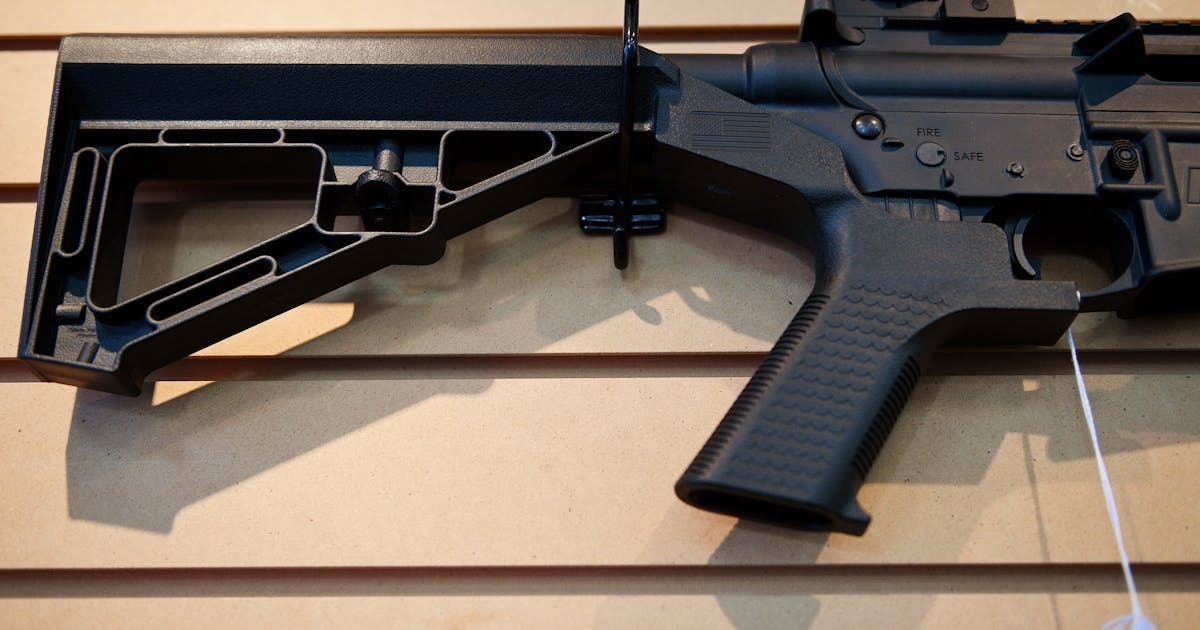“The majority’s reading flies in the face of this Court’s standard tools of statutory interpretation,” Justice Sonia Sotomayor wrote in a dissent joined by Justices Elena Kagan and Ketanji Brown Jackson. “By casting aside the statute’s ordinary meaning both at the time of its enactment and today, the majority eviscerates Congress’s regulation of machineguns and enables gun users and manufacturers to circumvent federal law.”
The plaintiff, Michael Cargill, handed over his two bump stocks to the ATF after the ban in 2018 and then sued the agency to challenge its lawfulness. While this case involves firearms, it is not technically a Second Amendment case. The court instead considered whether the ATF rule went beyond what Congress had authorized. In 1934, lawmakers enacted the National Firearms Act, or NFA, to crack down on certain types of firearms that were commonly associated with crime at the time, such as short-barreled shotguns and machine guns.
That law, contrary to popular misconception, did not make it illegal for private citizens to own a machine gun. But the licensing and regulatory requirements make it so difficult that they are effectively beyond the reach of most Americans. The NFA defined a machine gun as “any weapon which shoots, is designed to shoot, or can be readily restored to shoot, automatically more than one shot, without manual reloading, by a single function of the trigger.” It also covers “any combination of parts” that could convert a semiautomatic firearm into a fully automatic one.



